Half Saree v/s Full Saree: Understanding the Differences
Sarees are cherished in Indian culture for their elegance and beauty, but have you ever thought about the difference between a half saree and a full saree? Both these types are beautiful but serve different purposes and carry different cultural meanings.
A half saree is youthful and modern, tends to be young and modern in appeal and therefore is normally worn by girls, while the full saree is a timeless and beautifully-designed classic, suiting girls of any age. This blog will look at the differences between the two, including their history and styling, and give styling tips to help you know which one is the best suited for you.
What is a Half Saree?
The half saree is bright and cheerful and mostly worn in South India. It consists of three major parts: long skirt, which is generally lehenga or pavadai, blouse known as choli, and a dupatta known as odhni, draped like saree. It is typically used on special ceremonies of transition to womanhood and other festive ceremonies. Its jovial and vibrant look makes it highly cherished among the young girls and teens.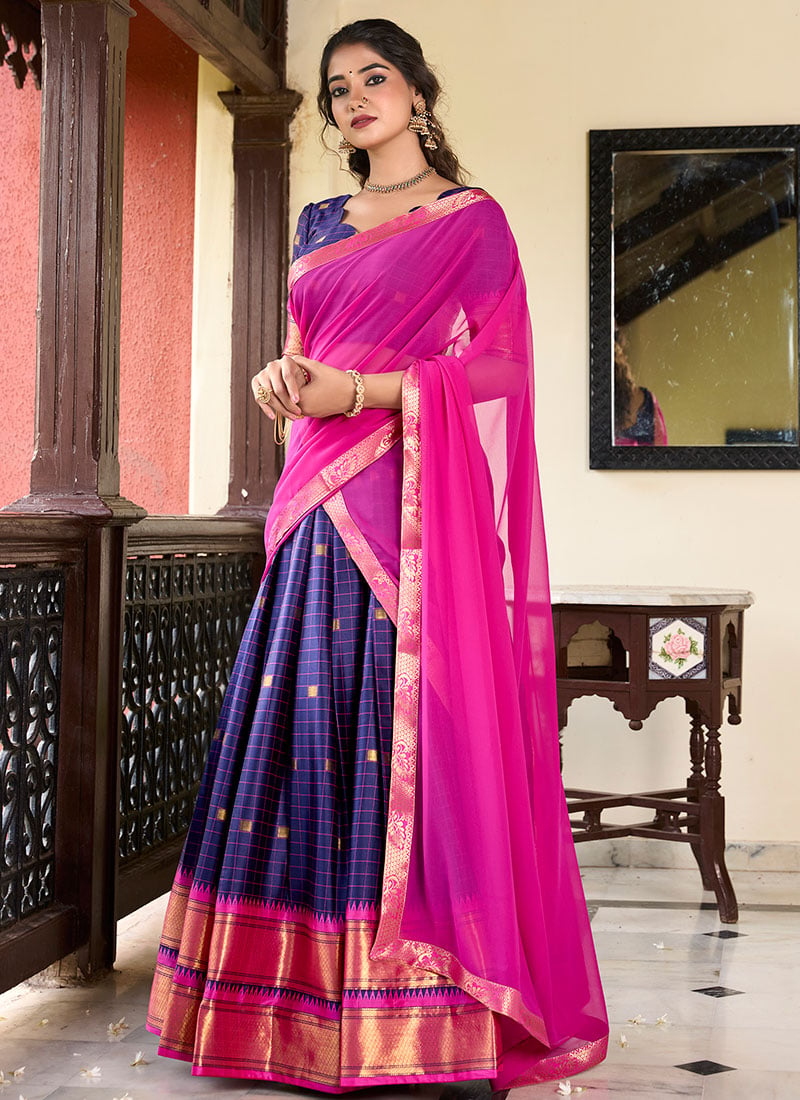 Key Features:
Key Features:
- Worn by young women, especially in South India.
- It consists of a lehenga, dupatta, and choli.
- The half saree is often more colorful and light than full sarees, it makes it easier to move in a saree.
Styling a Half Saree
The half saree provides ample scope for creative styling. You can try bold colors, intricate embroidery, and traditional accessories to give it an ethnic feel. Adding jhumkas and bangles will complete the look.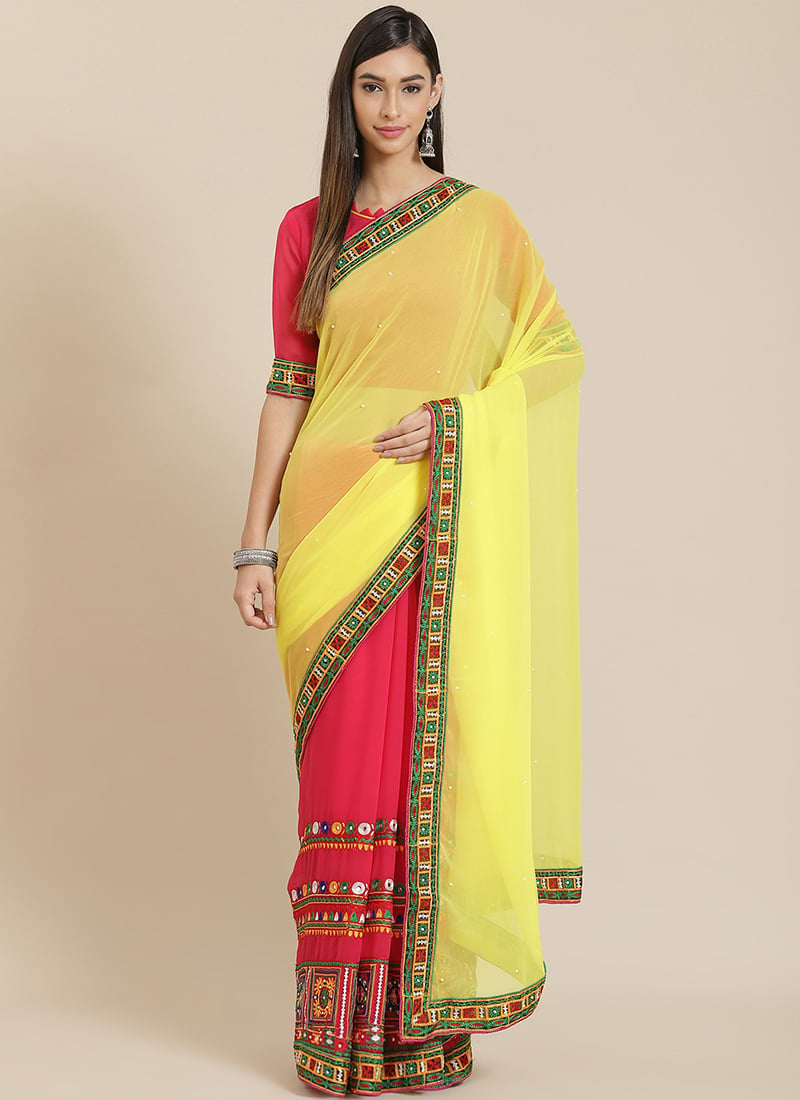
Half Saree Idea
Opt for contrast colors and intricate designs, that will give it a great festive look. It looks elegant when worn with flower hair accessories and traditional footwear.
The Traditional Full Saree: A Timeless Classic
A full saree is a single piece of 5 to 9 yards of unstitched fabric which is pleated and draped very elegantly on the body. Worn over a blouse and petticoat, it enhances the overall finesse and cultural gravity.Worn by girls and women, a full saree is indispensable for weddings, religious functions, and formal occasions.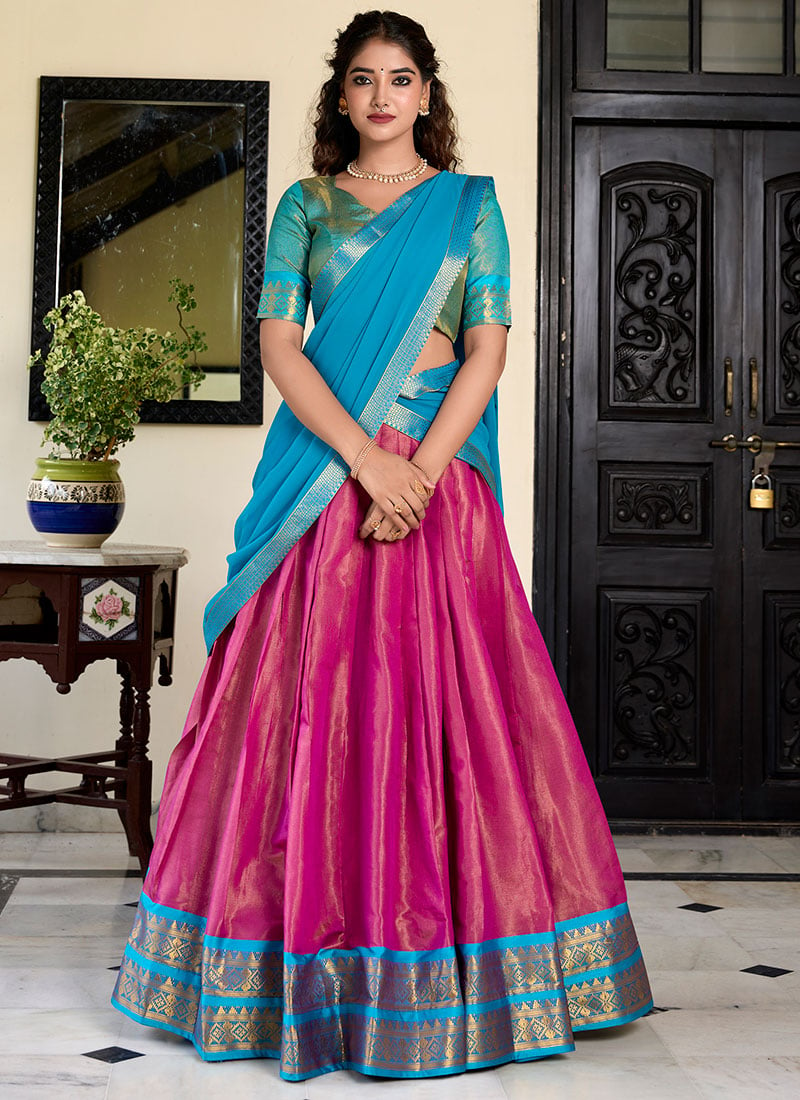
Key Features:
- Graceful and elegant; very appropriate for weddings, festivals, and formal occasions.
- Draping it requires extra technique, yet the effect is that of an everlasting classic.
- It can be worn by women of any age: from young girls to old women.
Styling a Full Saree
The full saree is unmatched in its versatility due to regional variations in draping styles. From the Nivi drape to the Bengali drape, every style has a cultural story to tell. Heavy or minimal jewelry can be paired with the saree as per the occasion and styling.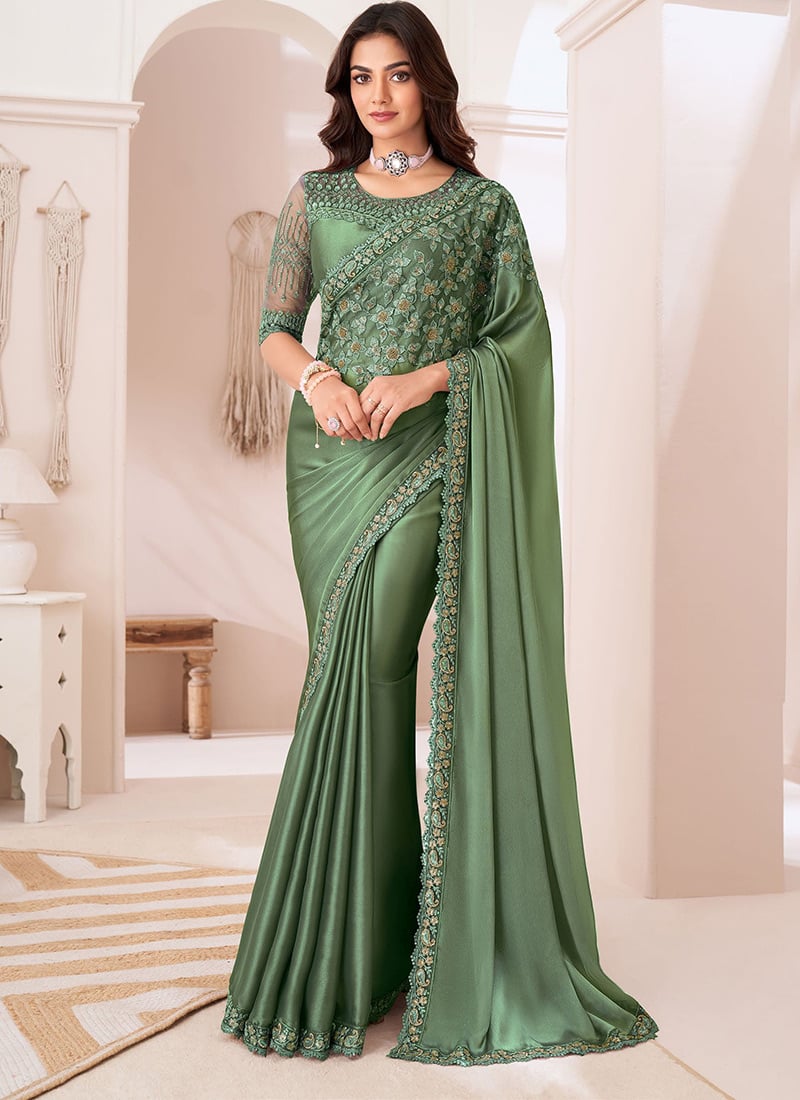
Full Saree Idea
Choose luxurious fabrics like silk or georgette for special events. Statement necklaces or temple jewelry can add a regal touch to your look.
Key Differences Between Half Saree and Full Saree
When deciding between a half saree and a full saree, there are several factors to consider. Below are the major distinctions: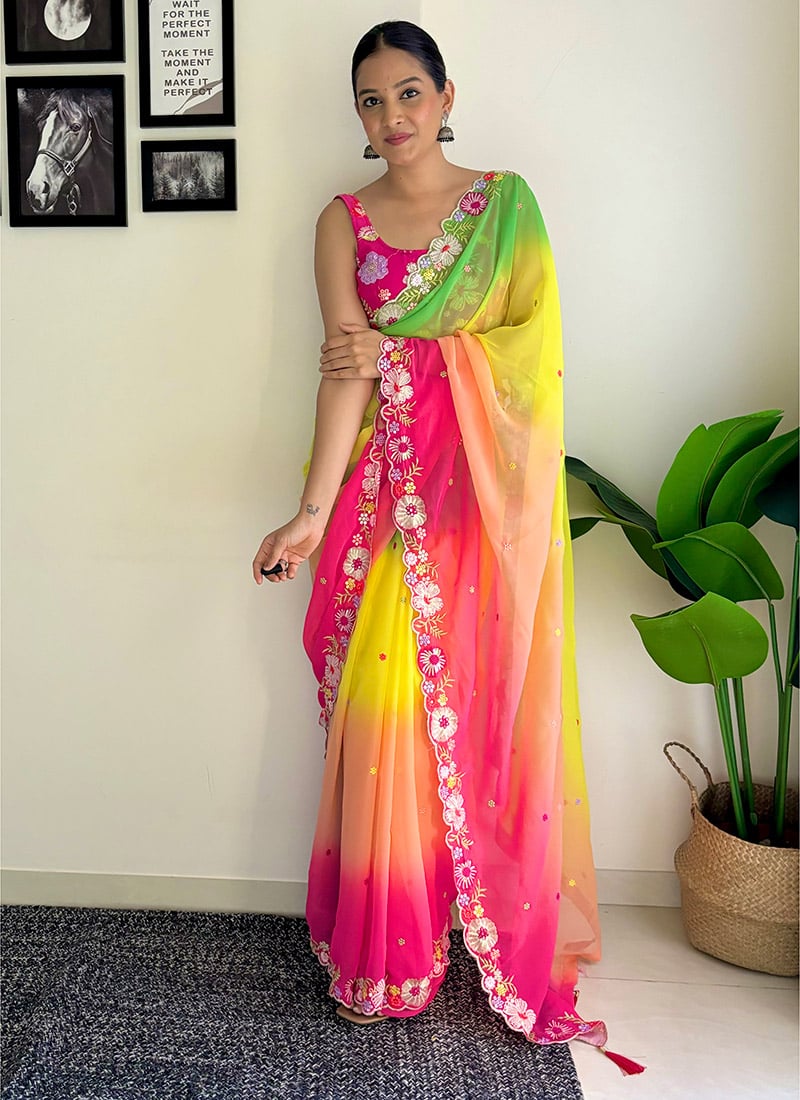
Cultural Roots and Significance
- Half Saree: Traditionally worn by young girls, especially during their a girl’s transition into womanhood, predominantly seen in South Indian traditions.
- Full Saree: It basically shows a symbol of maturity and femininity, typically worn by women.
Draping Style
- Half Saree: Consists of a skirt, blouse, and dupatta, making it a youthful and trendy look.
- Full Saree: A long piece of fabric, draped in multiple styles, which requires more expertise to wear.
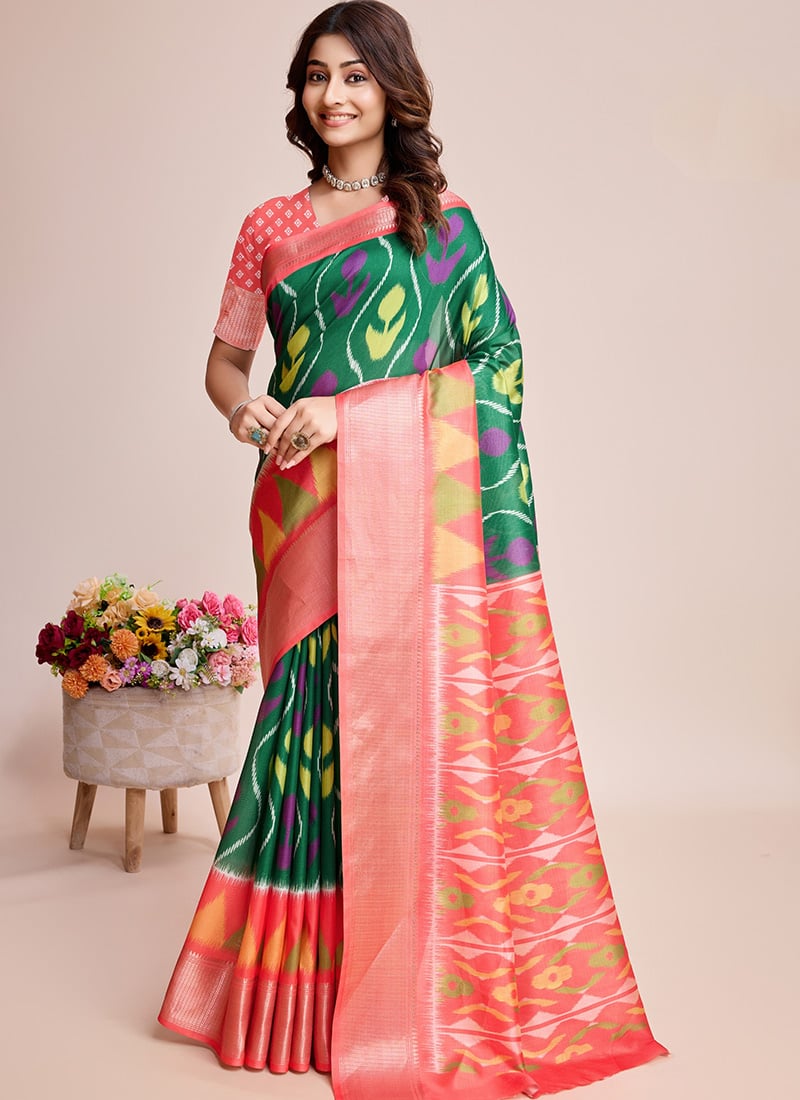
Ideal Age Group
- Half Saree: Popular among younger girls and teens.
- Full Saree: Suits women of all age groups.
Styling Options
- Half Saree: Famous for its young and energetic designs.
- Full Saree: Best known for its classic, sophisticated look.
Fabric and Design
- Half Saree: Bright colors and elaborate embroidery are quite common.
- Full Saree: Available in a wide range, from simple cotton to opulent silk.
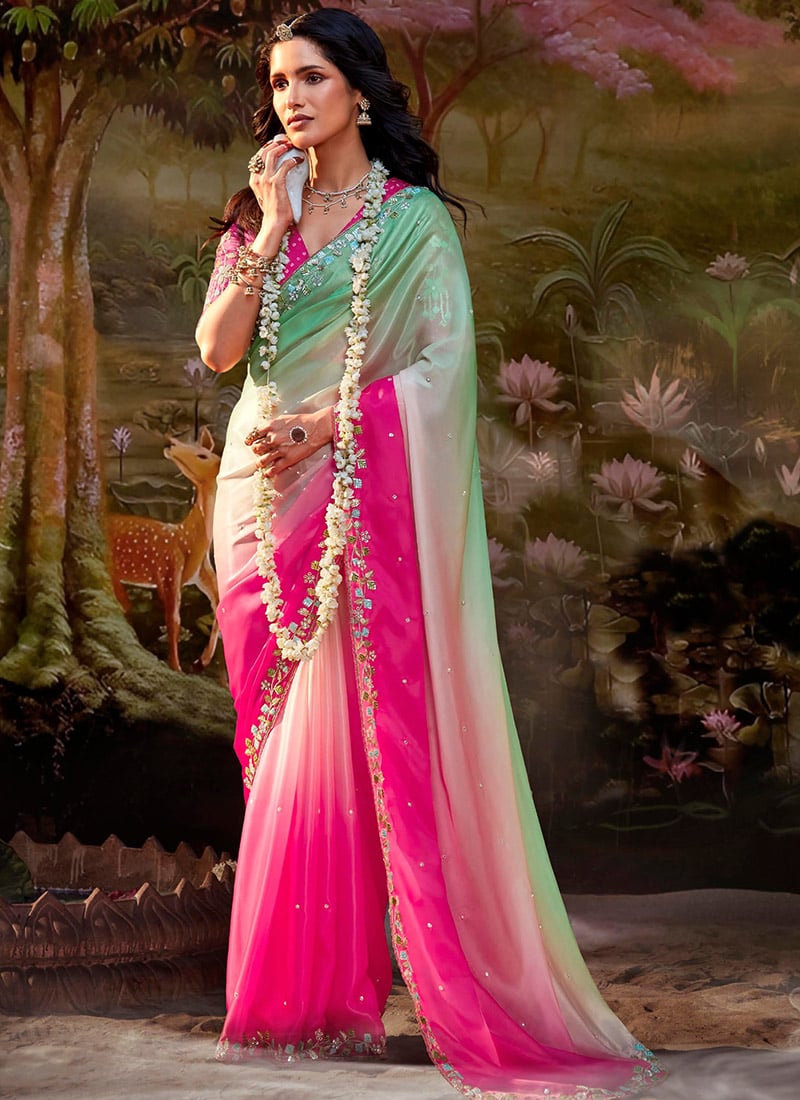
Cultural Roots and Significance
The half saree vs full saree debate has deep cultural roots in Indian tradition and is a reflection of the stages of life and maturity. The half saree traditionally was worn by young girls and was a rite of passage, indicating that one has transitioned from being a child to being a woman. In contrast, the full saree holds a mature symbolical meaning and is worn by women of all ages. The cultural significance of the half saree lies in its youthful and sophisticated appearance, which makes the garment apt for being worn during festivals or at special occasions such as the thalappoli or puberty ceremonies in the South.
As with everything, comparing half saree vs full saree would define matured reverence-a sense that a woman has finally come of age. Saree is a symbol of femininity and elegant apparel traditionally used in ceremonies for marriages, formal meetings, and religious functions. In short, the saree has long been an Indian tradition but today still is an image of grace, elegance, and respect.
The cultural importance of half saree versus full saree also indicates the diversified nature of the regions in India, where half saree is a regular attire of the South and full saree is common throughout the Indian subcontinent to define the eternal beauty of the Indian tradition. Every one of these sarees-half saree or full saree-refers to a different story because they are deep-rooted in India’s great cultural history and heritage.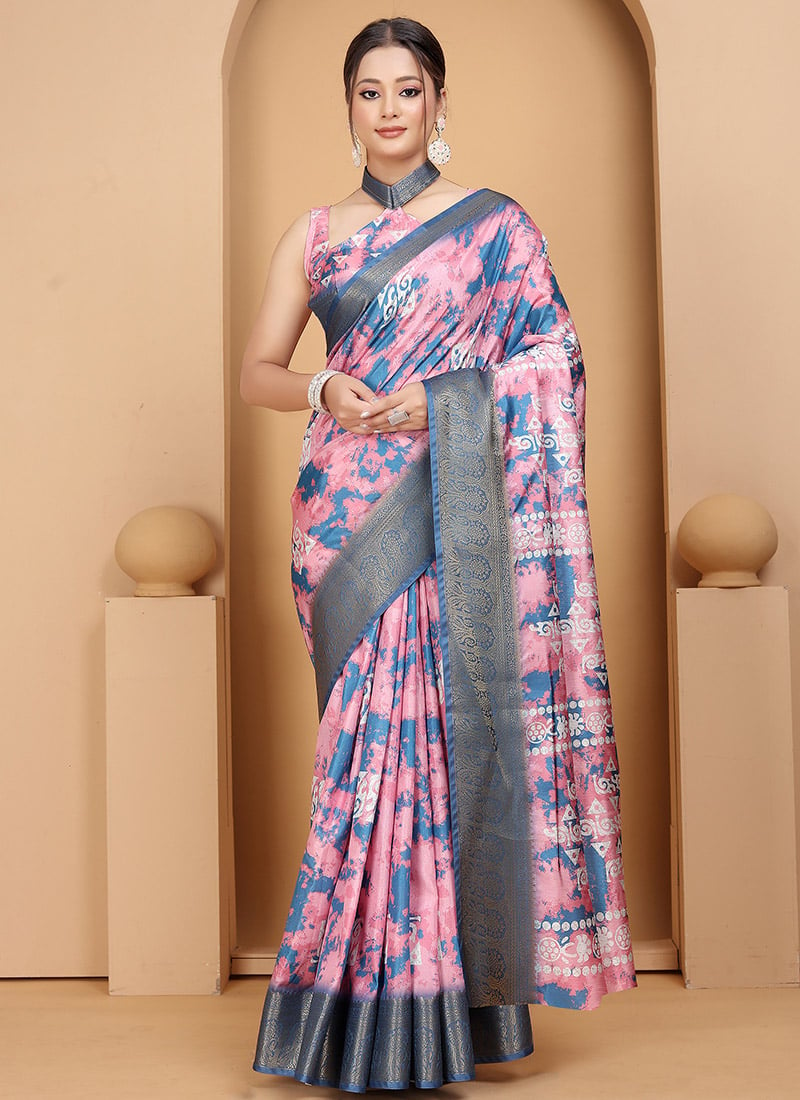
Which One Should You Choose?
Your choice between half saree and full saree depends on the occasion, your age, and your personal style. The half saree is ideal for younger girls and informal events because of its playful vibe. Meanwhile, the full saree is perfect for weddings, cultural ceremonies, and formal gatherings because of its timeless elegance.
Half Saree vs. Full Saree FAQs
- Which saree style should be worn by young girls or teens?
Half saree is a good option because of its bright colors and youthful appeal.
- Which saree is more traditional?
Full saree is very much an Indian tradition.
- In what ways are half sarees different from full sarees in terms of cultural significance?
Half sarees mean the transition to womanhood, whereas full sarees mean maturity and grace.
- Is one style more suited to one body type than the other?
It is possible for each of the styles to be used to suit different body types; however, the drapability of a full saree makes it easier to achieve better looks for your body type.
It’s just a matter of personal preference, really. Whether it is the half saree, which shows vibrant youthfulness, or the full saree with elegance and timelessness, the beauty of Indian heritage lies in both styles. Show your individuality while still adhering to tradition through these marvelous outfits.




Leave a Reply